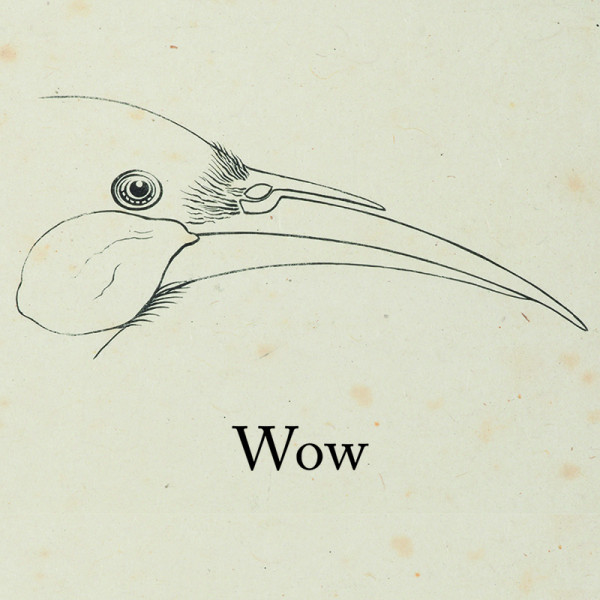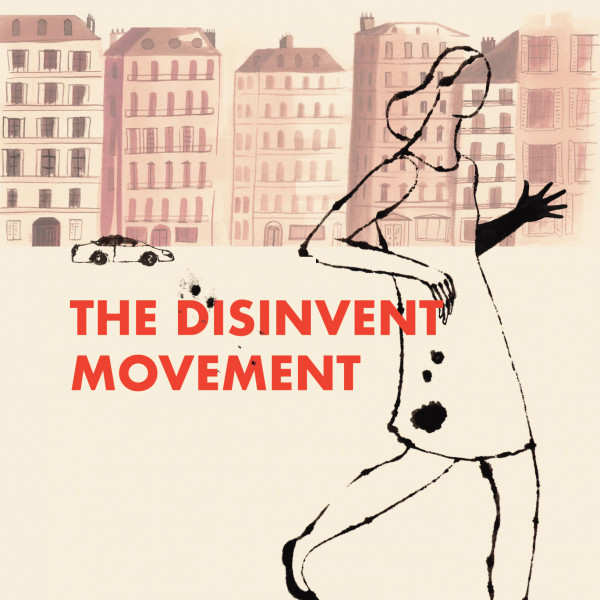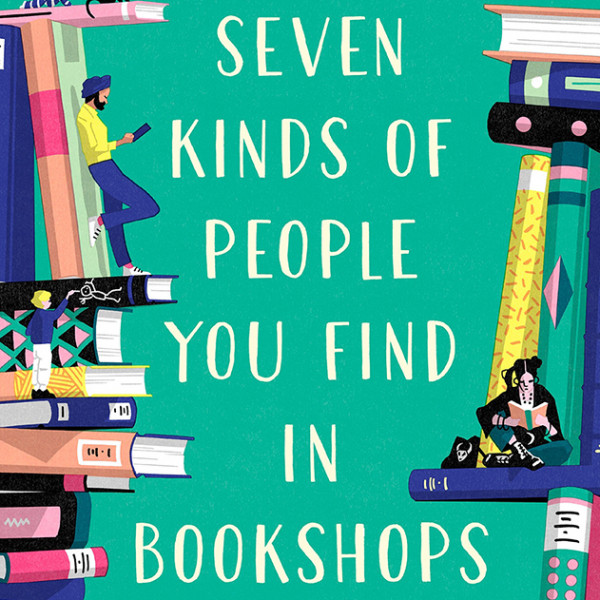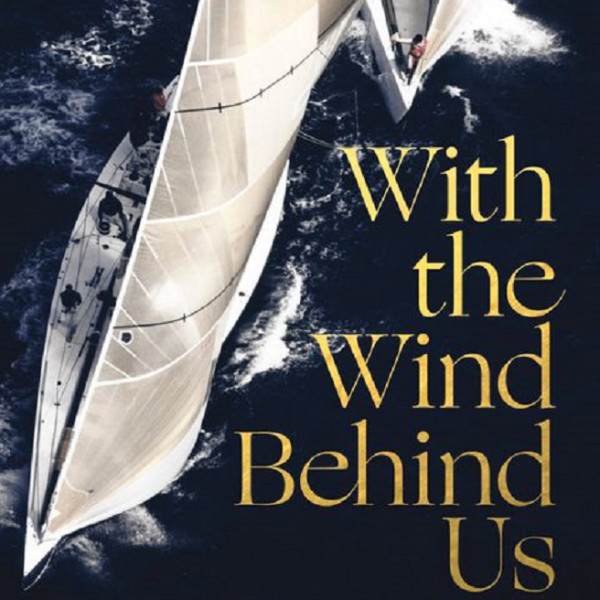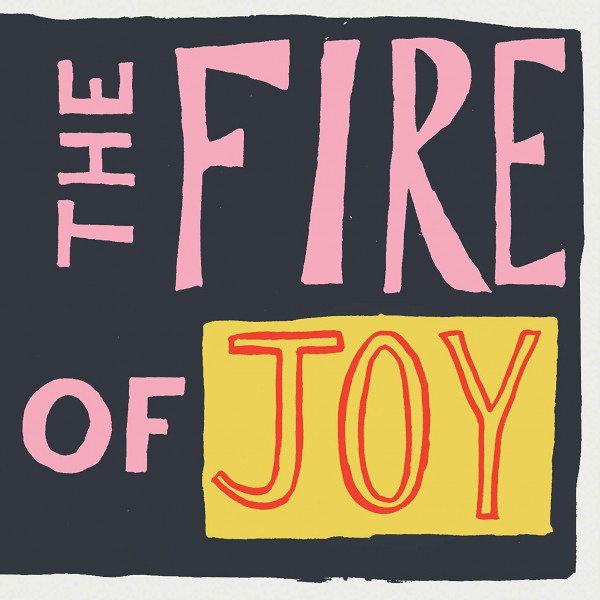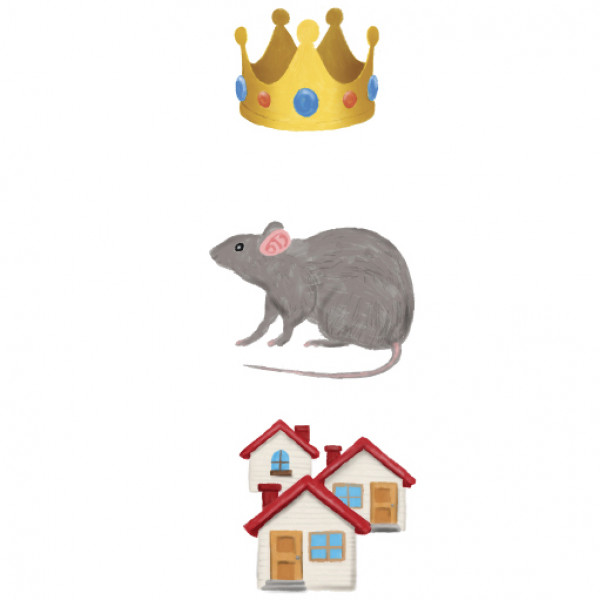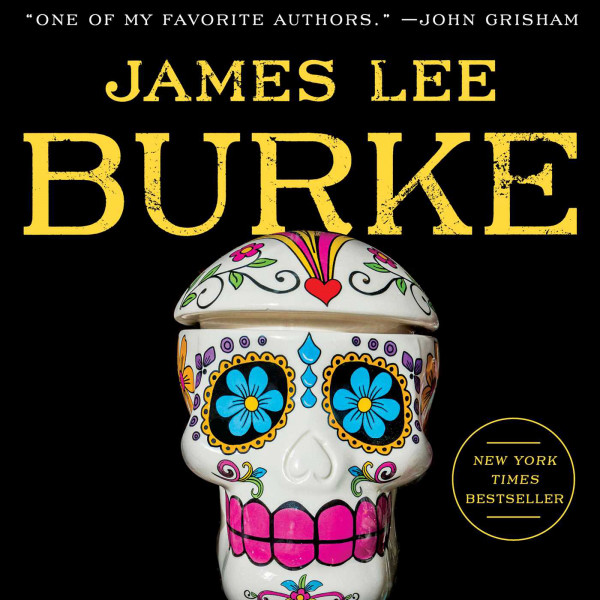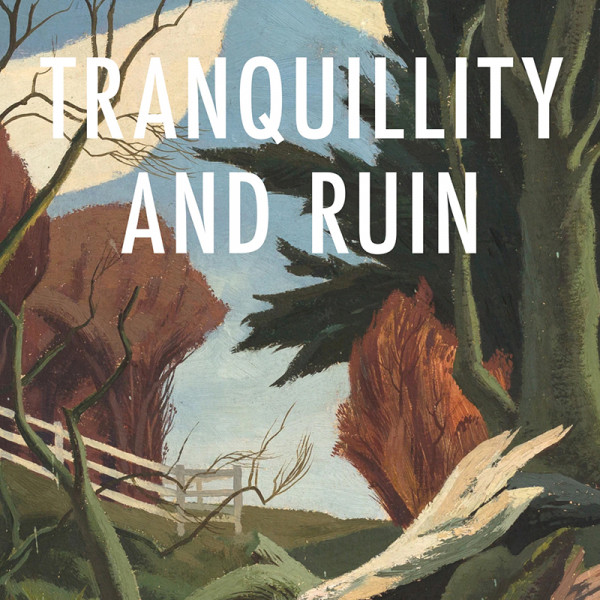
At some point, many of us are confronted with questions that seek to define the nature of our existence. Questions that ask – what is our consciousness? How do we find our purpose? What is purpose? In the novel Tranquility and Ruin, Danyl McLauchlan is on a quest to beat his long-term mental health problems. His journey takes him on a path of self-discovery where he explores the answers to life’s tough questions in a bid to relieve himself of his troubles. He writes first of his experience meditating in Buddhist monasteries and follows with his time at a retreat by the New Zealand branch of Effective Altruism.
Effective altruism is a movement that I had never heard of. Their objective is to challenge human morality and the outcome is endless interesting discussions. One such discussion involved the infamous question posed by the philosophical teacher Peter Singer, who asks, “if you could save a child that was drowning right in front of you, would you?” People’s first reaction is to be shocked and say “of course”, but as Singer points out, there are children dying all over the world, so why are we not trying to save them?
I have visited many of the kinds of places described in the book. You experience crazy things when you are in a meditative state and whilst many choose to decide that there are angels, spirits, or a higher self involved, I am (and it seems McLauchlan is too) far more cynical. I do not have enough word count to explain the crazy events that happen during these retreats, but things get pretty wild and it’s easy to lose perspective.
I love books about spirituality, but I am also a social science student who is obsessed with facts and research. McLauchlan’s journey is not simply a personal experience, but one supported with studies and evidence. This was one of those rare times I read a book that discusses topics and themes in a way that I do in my personal life. I loved it and have already recommended it to so many of my friends!


